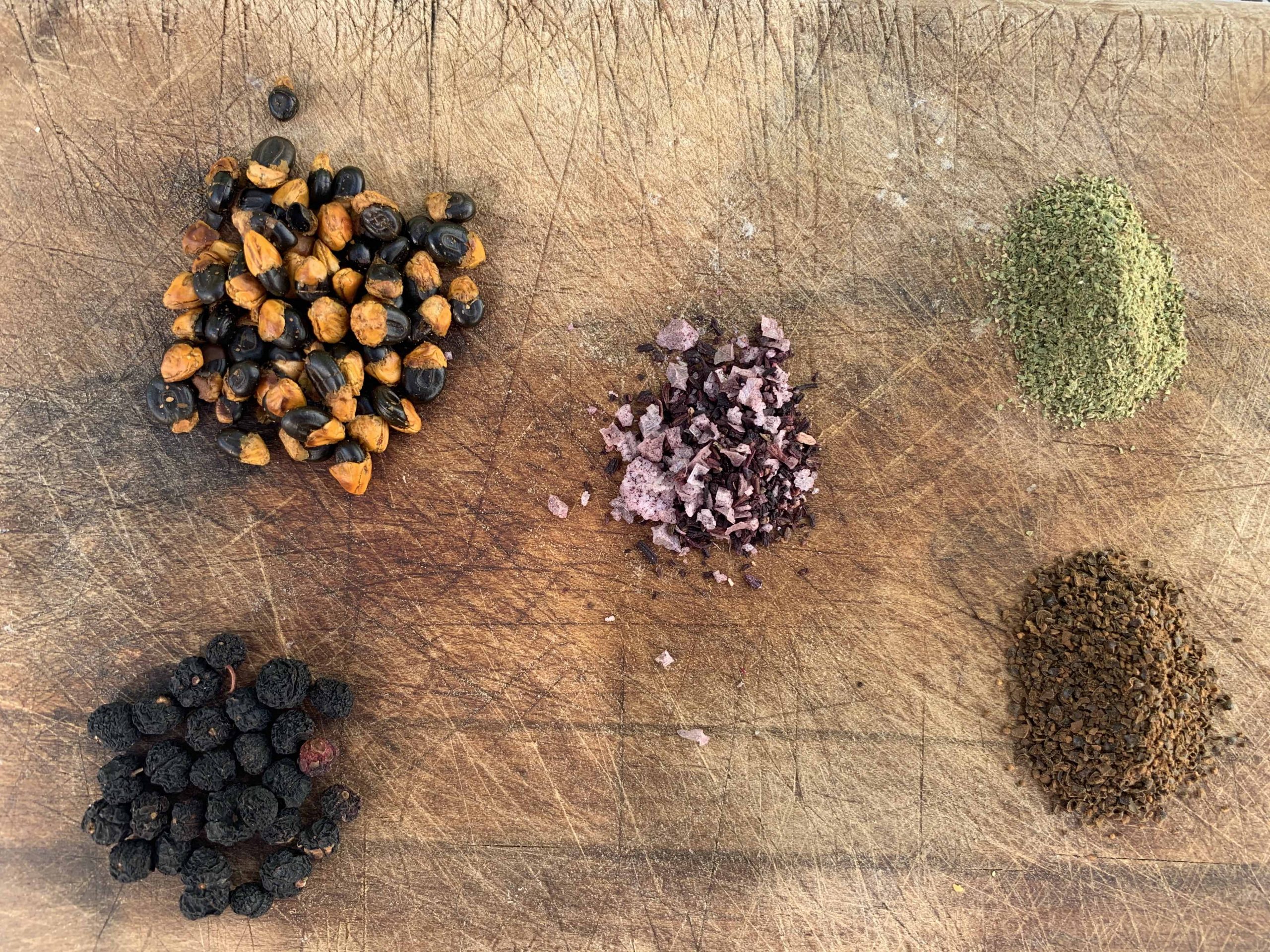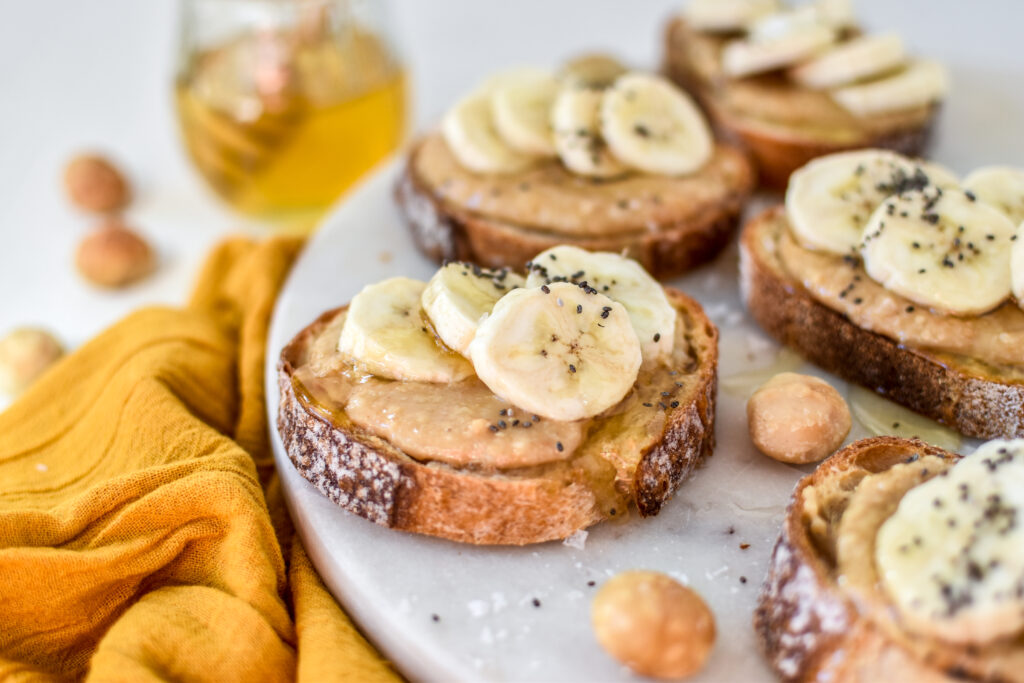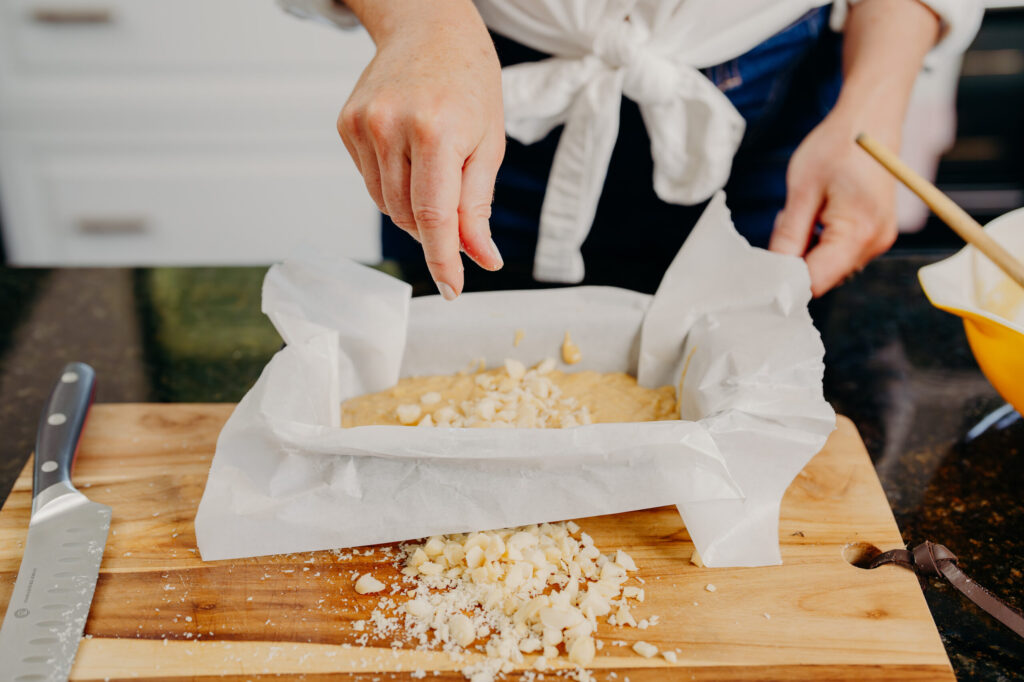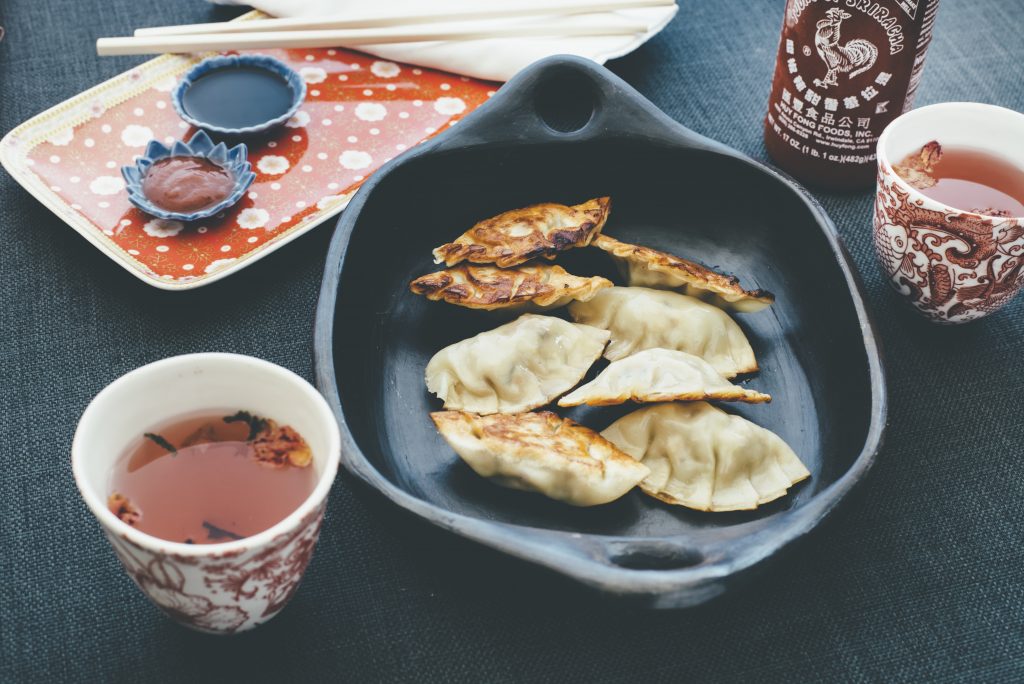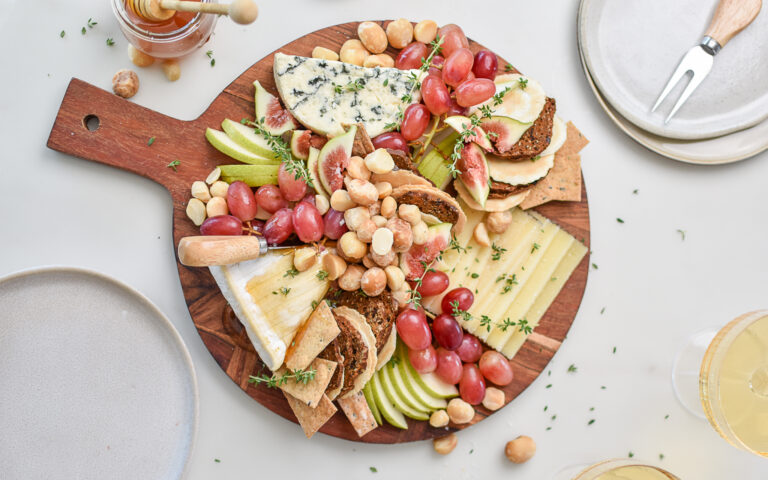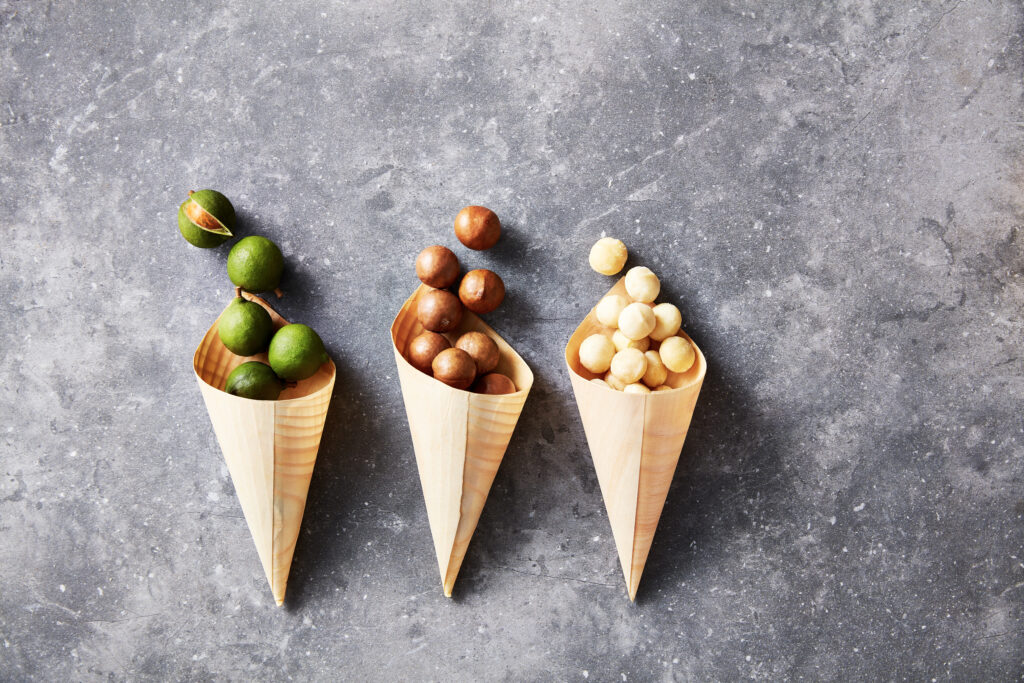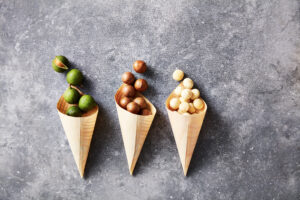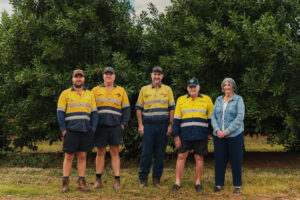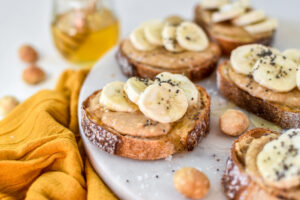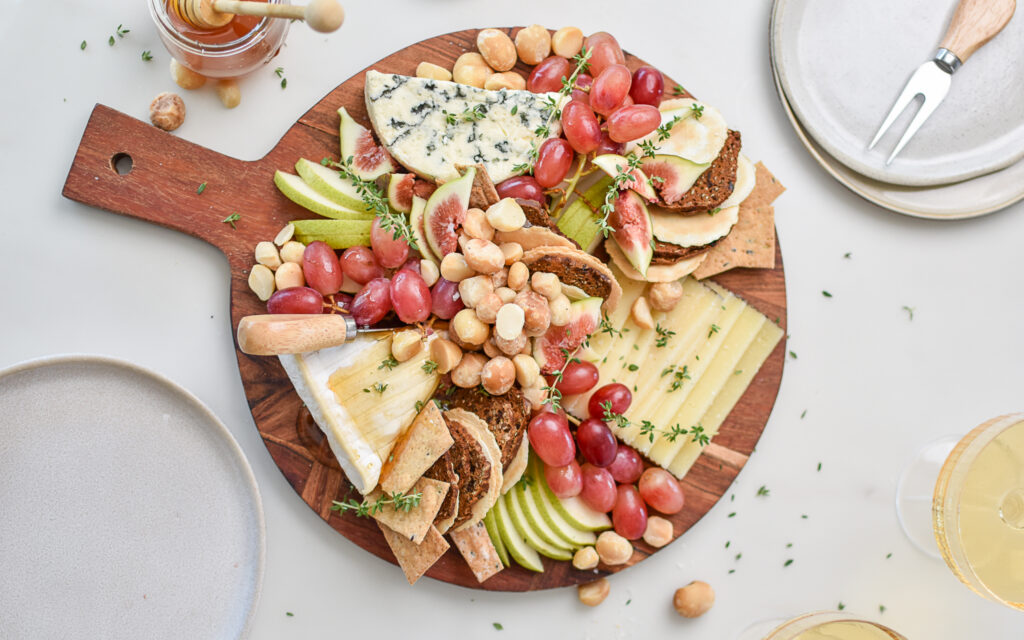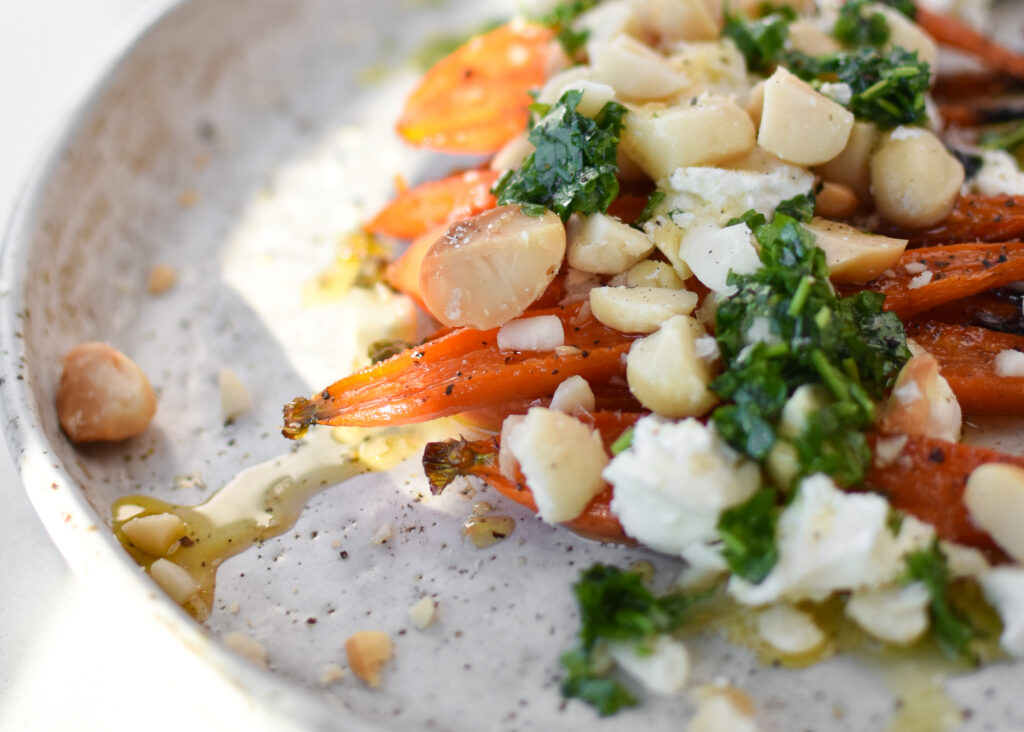The indigenous communities of Australia have known about the benefits of Australian native foods for thousands of years – and now the rest of the world is also cottoning on. Here are a few of the easy ways you can eat adventurously and incorporate native Australian ingredients into your cooking.
Which spices are the real work horses in your kitchen? The ones that get so much use that you barely put them away because you know you will be getting them out again next time you cook. For many people, it’s salt and pepper. Perhaps chilli for a bit of heat and cinnamon for sweetness.
Even though these spices are a traditional part of Australian kitchens, they aren’t native Australian spices. In fact, aside from macadamias (which have long been a favourite due to their distinctive, soft crunch), native ingredients are generally overlooked in home kitchens in Australia. But as native foods become more recognised internationally for both their nutrition benefits and flavour properties, many home cooks are looking for ways to enhance their home cooking with native Australian ingredients.
This guide will make it easy for you to embrace native Australian ingredients at home in sweet and savoury dishes, as well as drinks and snacks, over the coming year.
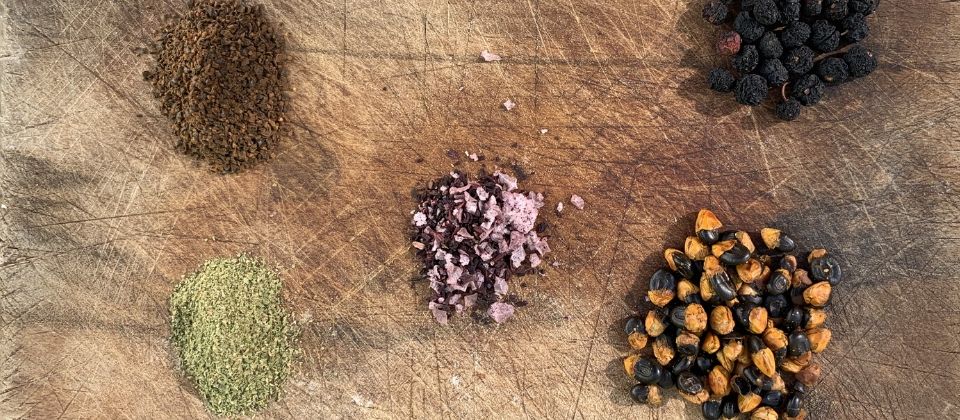
Easy swaps to help you use Australian native spices
Using Australian native spices as direct substitutes for more commonly used spices, boosts the flavour and adds interest to your cooking. We recommend these easy swaps the next time you are feeling adventurous in the kitchen.
- Australian native saltbush (also known as Old Man Saltbush) makes a good flavour substitute for salt. With 20% less sodium than table salt and a distinct earthy flavour, it is a healthier alternative to put out on the table for friends and family to season their own meals. Dried, crushed saltbush leaves are available to use as a substitute for salt and some speciality grocers and farmers markets also sell the fresh leaves to use in salads, stir fries or as a bed on which to roast meats.
- Using dark-blue coloured Australian native pepperberries (also called Mountain Pepperberry and Tasmania Pepperberry) in the place of black peppercorns in your grinder is an easy way to extract all the flavour and nutrition of this native ingredient. But be warned, the native Australian spice is much hotter than regular black peppercorns and its flavour intensifies over time, so use with care!
- The dried leaves of the Australian native pepperberry plant (called pepperleaf) are also useful for flavouring slow-cooked foods when you want a heat level somewhere between pepper and chilli with a more complex flavour and aroma than either of those spices provide. The leaf is milder than the berries and is often combined with lemon myrtle for a lemon-pepper seasoning.
Incorporating native Australian spices into your regular repertoire of recipes
Not every native Australian food has a direct flavour-swap with something you are already using in your kitchen. After all, think about the distinctive crunch of the native Australian macadamia – there really is no comparison for that texture! But some native Australian flavours can be incorporated into recipes you are already using. Here’s how:
- Oz el hanout – Ras el hanout is a morrocan spice blend that translates into English as ‘top of the shop’ because it traditionally incorporates the best, most expensive spices. As a result it adds delicious depth and flavour to soups, stews and casseroles. You can experiment with making your own bushfood version by combining pepperberry, saltbush, lemon, aniseed and cinnamon myrtle or buy a ready-made Australian native spice mix like this one from Bent Shed Produce that also incorporates cloves, ginger, nutmeg and a few other traditional spices.
- Roasted macadamias are always hit when you need a snack to go with that glass of wine or while waiting for dinner to cook. Wattleseed, native pepperleaf and lemon myrtle are all complimentary spices to toss through the nuts (use a little macadamia oil to make the spice stick if necessary) to create a bespoke Australian mix. In summer, use the same flavours but roast the nuts on the barbeque. We also recommend adding desert oak seeds to your macadamia mix. These attractive two-tone seeds are a species of wattleseed with a delicious pork crackling-like flavour that is (almost) as moreish as macadamias!
- Wattleseed (sometimes called Mulga) has a flavour similar to coffee. Adding a teaspoon of the ground wattleseed to a coffee plunger and brewing as you would coffee makes a lovely caffeine-free drink. The gritty spice can also be added to chocolate recipes (like biscuits or cakes) for a more complex flavour.
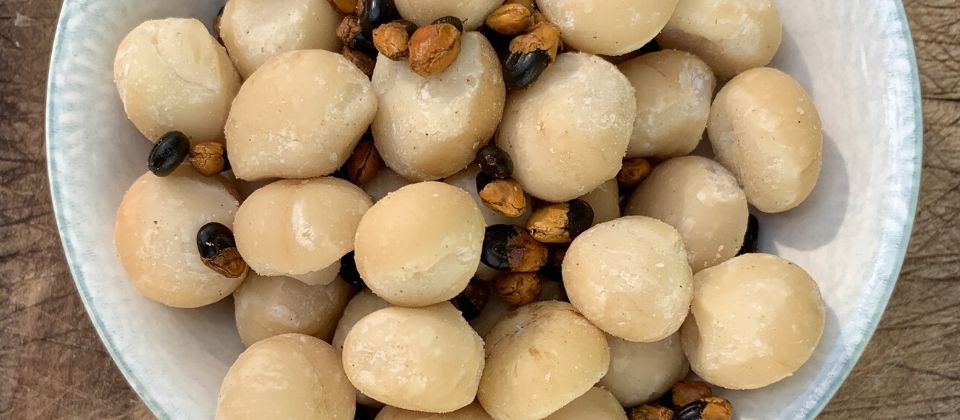
Get adventurous with delicious native Australian drinks
Did you know that you can craft your own gin at home with native Australian botanicals? The process is simple: add your botanical ingredients (berries, spices, leaves, fruit etc) to 750ml of good quality vodka and stand in a cool place 24 hours. Strain out the botanicals, then allow your mix to sit for another 48 hours for the flavours to intensify before serving. Although the native Australian botanicals you use are limited only to your imagination, we recommend starting with a traditional gin recipe and substituting pepperberry and fresh lemon myrtle leaves for peppercorns and lemon peel.
If gin isn’t your thing, you can always bring the flavour of native Australian spices to your drinks by using purple-hued wild hibiscus flower salt to the rim of your margarita glass or simply adding a whole wild hibiscus flower to your glass of Australian sweet sparkling wine.
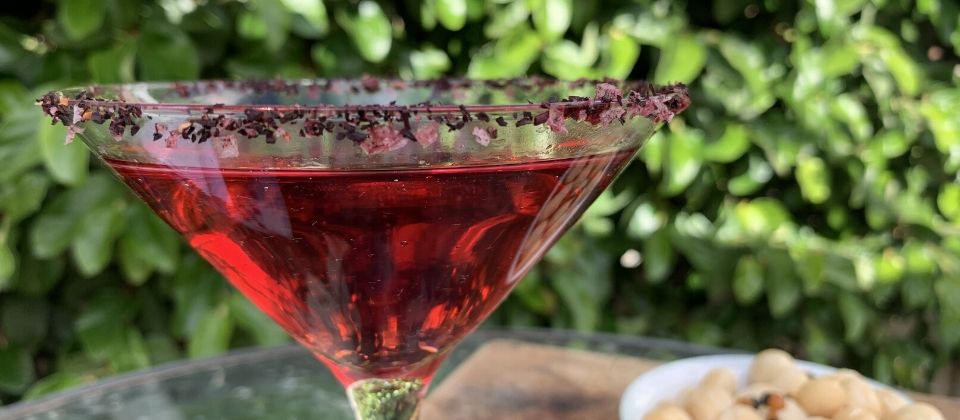
The benefits and flavours of Australian native plants can also be enjoyed in a cuppa! Forget your usual blend of ceylon or oolong, next time you are brewing a pot why not try tea made from quandong (wild peach) and anise myrtle? It has a sweet and sour peachy flavour with a hint of aniseed. There’s even a delicious native Australian alternative for your morning ‘pick-me-up’ in the form of this zesty Finger Lime and Native Mint tea.
How do you use native Australian ingredients in your home kitchen? Head over to our Facebook page to share your stories.
